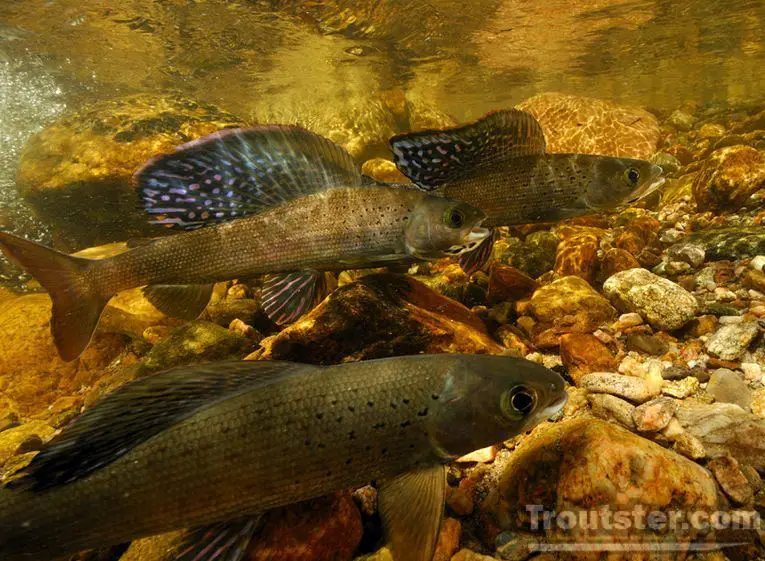This post was last updated on February 1st, 2015 at 02:44 am
The Decline and Fall of Michigan’s Arctic Grayling

In the 19th Century, Michigan had abundant forests and a large population of Arctic Grayling, especially in the Lower Peninsula. These fish were first identified in the 1860, but less than one hundred years later, became extinct within Michigan. Attempts to restock Michigan streams and lakes with Grayling have failed. So, what led to their extinction? Overfishing, changes in their habitat and introduction of other species of fish.
“The Little River Band of Ottawa Indians received a US Fish and Wildlife Service tribal wildlife grant to partially fund implementing a native species restoration plan. Auer and Huckins—both associate professors of biological sciences at Michigan Tech—have a two-year sub-award from the Tribe to study the potential for reintroducing the Grayling.” This article from Michigan Tech talks about attempts to bring the Grayling back to MI as recently as just a few years ago.
Popularity
According to local tradition, there was a Lower Peninsula settlement called ‘Crawford’ after a certain Mr. Crawford. Crawford’s streams had a healthy population of Arctic Grayling, so the residents changed the town’s name to Grayling in honor of their favorite fish. The County that Grayling Michigan resides is still called Crawford County. Unfortunately, people all over 19th century Michigan loved to catch fish, and Grayling were one of their favorite fish to catch. Fishermen boasted that they could hook three Grayling with one cast. Do the arithmetic, and you’ll understand how over fishing depleted the native population. The Arctic grayling has never been known to be a particularly bright fish; actually they will eat nearly anything eagerly. You could likely cast any trout fly in front of them and hook fish. I have caught several grayling on small backcountry lakes in Yellowstone, and it was hardly a challenge, but they are fun to catch.
Michigan’s Lumber Industry
After the Civil War, Michigan’s lumber companies cut vast expanses of the native forests. Cities were growing, and there was a demand for lumber. Nobody gave much thought to how clearing forests would affect the environment. It had a devastating impact on the Arctic Grayling.
After trees are cut, they are floated downstream to the nearest mill. These floating tree trunks scoured riverbeds, and clogged local waters. There wasn’t room for the fish, so they gradually died off. Deforestation, soil that had been caught by tree roots and other plants led to heavy and terribly stained runoff during rain storms. Furthermore, there was no forest canopy to keep the streams and rivers at a cool temperature. Between the change to river bed soil, and rise in water temperature, the Arctic Grayling didn’t stand a chance. By 1950, Michigan’s Arctic Grayling were extinct.
Invasive Species
Michigan’s recreational fishermen noticed the scarcity of Arctic Graylings and compensated by introducing non-native fresh water fish to Michigan’s freshwater streams, lakes and rivers. They chose Brown Trout and Rainbow Trout. These were larger, more aggressive fish, and they dominated the environment. Arctic Grayling couldn’t compete with these behemoths, and died out. However the native brook trout has always done well, in the very same waters that were once inhabited by both the Grayling and the brook trout simultaneously.
Happily Ever After?
As my Dad used to say: ‘to a certain extent, yes; to a certain extent, no. Michigan did not kill off all the entire species. They can still be found in Western Montana, Western Canada, Alaska and Yellowstone National Park WY. Arctic Grayling did better than dodo birds or passenger pigeons.

